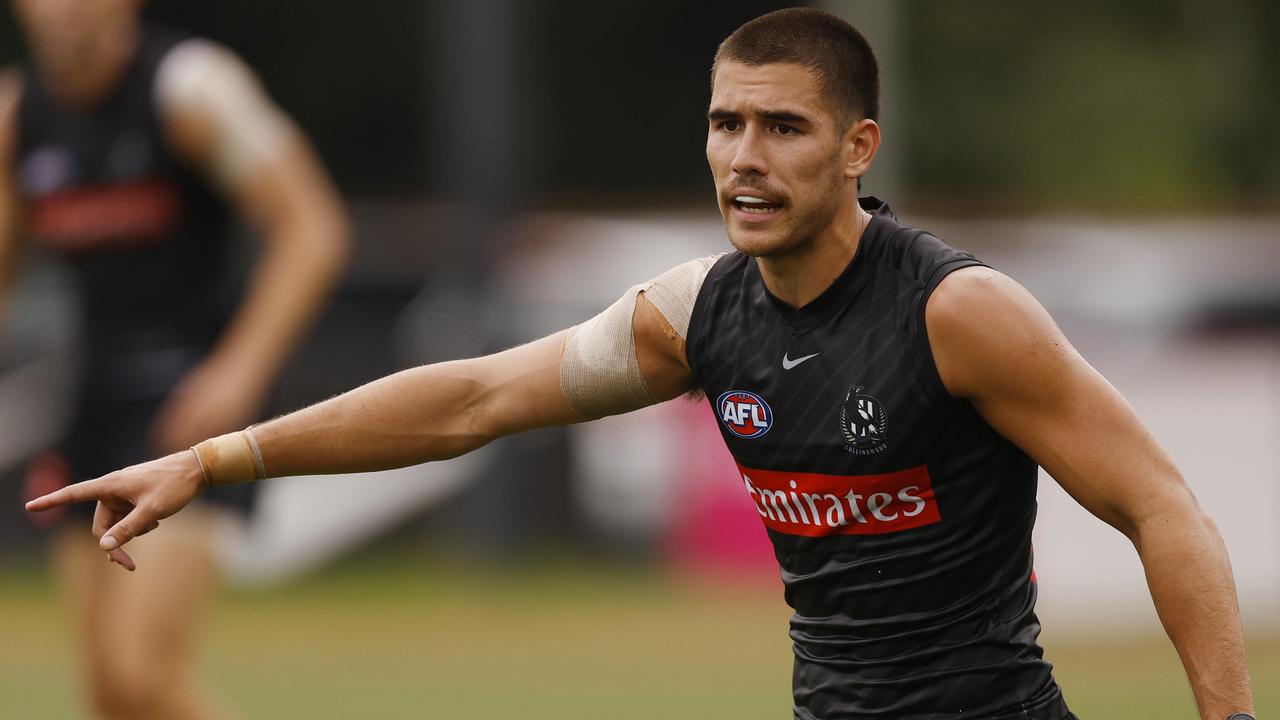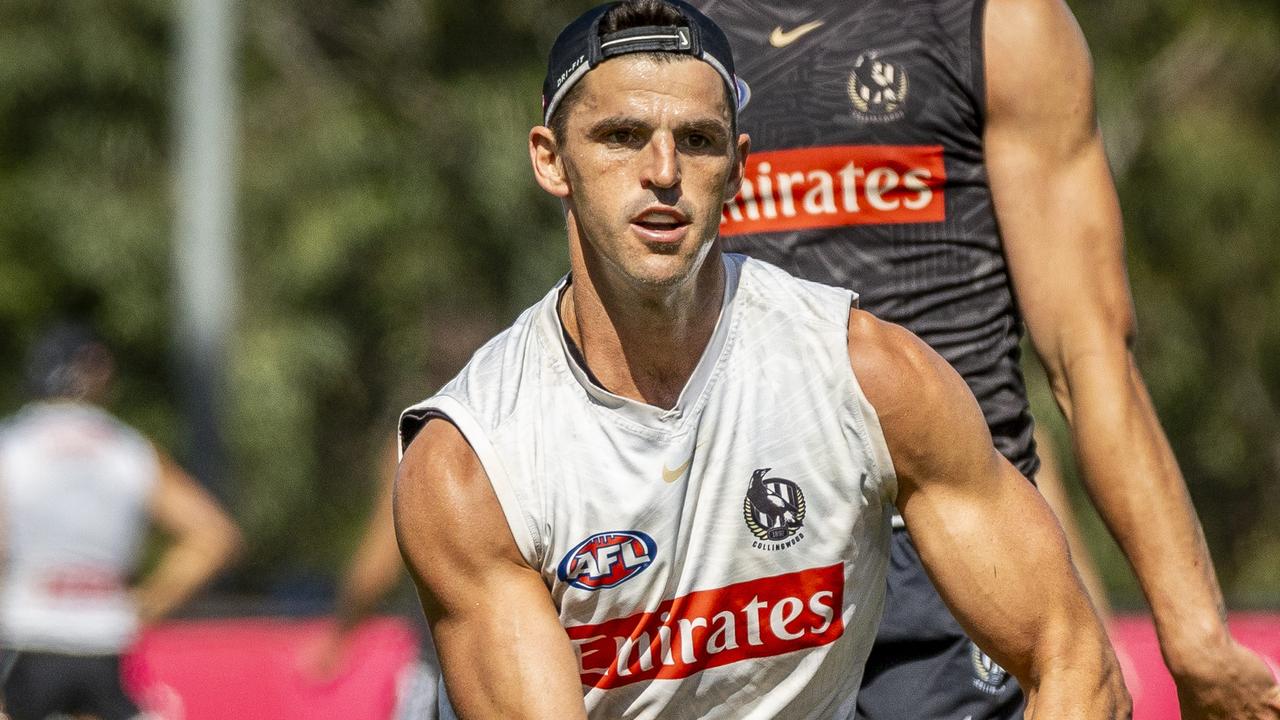Collingwood defender Tyson Goldsack details what goes into recovering from an ACL knee injury
Tyson Goldsack recovered from a knee injury last year to feature in Collingwood’s AFL grand final team. The key defender details what it takes to return from an ACL blow.
Collingwood
Don't miss out on the headlines from Collingwood. Followed categories will be added to My News.
Before we push on, I need to confess that I’m absolutely not an expert in the ACL department, but I have suffered the injury and travelled the recovery road that follows.
So I’m going to take you along the journey that I took, and the things I felt helped my process.
I ruptured my ACL in a preseason game in March last year and returned to play the finals series in September.
It was as challenging as anything I’ve faced footy-wise to date, but luckily for me, I had an outstanding cast of support crew around me.
AFL SUPERCOACH: CAN ISAAC HEENEY OVERCOME SLOW START?
AFL SUPERCOACH LATE MAIL: TEAM NEWS, TRADE ADVICE FOR ROUND 2
ROBBO: WHY RICHMOND’S SEASON HINGES ON DUSTY RESURGENCE
MONEYBALL: RECRUITERS KEEN ON BROTHER OF NO. 1 DRAFT PICK
As footballers we deal with challenges every year, and 2019 has already seen a number of players suffer serious knee injuries.
Three ACL tears in Round 1 — Richmond’s Alex Rance, Adelaide’s Tom Doedee and North Melbourne’s Ed Vickers-Willis — and closer to home my teammate and good friend Lynden Dunn suffered his second ACL rupture in the space of 12 months in a VFL game last Thursday.
Yes, we know the risks each time we lace up our boots, but it really is a cruel game sometimes.
The pain of the injury is tough, but the painful road back is tougher.
So with that being said, here’s my take on the process I went through, and the challenges I encountered along the way.
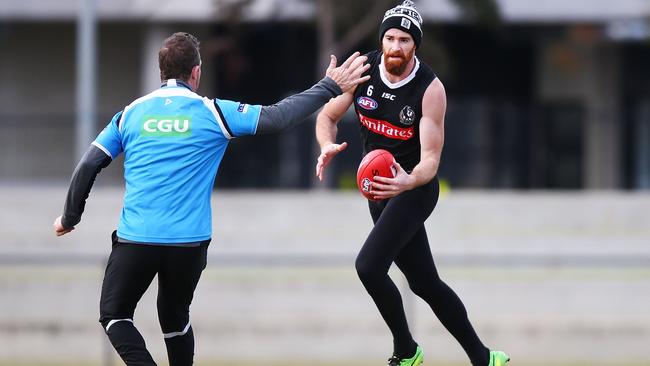
DEGREE OF INJURIES VARY
Every player who suffers an ACL injury has varying degrees of damage.
I think we tend to just label each ACL injury as one and same, but it’s not the case.
For the lucky ones, and I use that term loosely, it is just the ACL rupture without further damage.
Mine was a full rupture, but there was minimal bone bruising (which is worse than it sounds) and no cartilage damage.
Others can suffer a meniscus tear, PCL damage or bone bruising and have an interrupted start to their recovery.
Those complications slow the rehabilitation process, and that’s what happened to an old teammate/close friend, Cameron Wood, when he suffered his ACL tear on Anzac Day last year, playing for Avondale Heights in the Essendon District Football League.
He had a meniscus tear and had to wear a brace which meant he couldn’t get his quads activating for several weeks, leading to muscle wastage.
Yes, he hasn’t recovered in an AFL environment as I did, but the fact he had other damage complicated matters further.
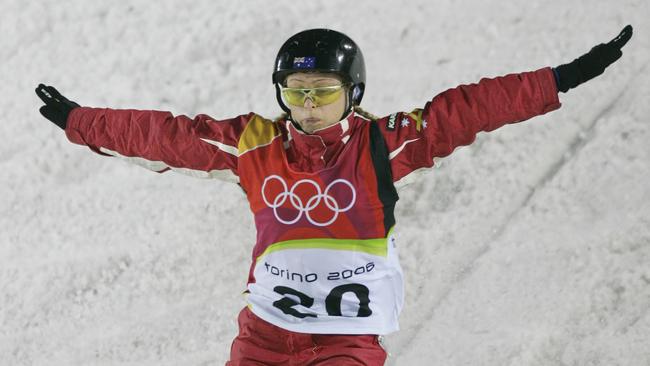
POSITIVE MINDSET
Naturally some people are positively minded about what they can achieve; others are more reactive and hope for the best.
I like to think I fell into the first category.
The first thing club doctor Ruben Branson told me after surgery was Alisa Camplin came back from her knee in 16 weeks to win a Winter Olympics bronze medal in 2006. I took his comments and ran with it … or should I say, limped with it.
I’d experienced enough injuries over the years to know when something is painful but can be pushed through, compared to knowing something is painful and you are risking further damage. This gave me good reference in times of moving things along quicker.
There aren’t too many cases of elite athletes really pushing the envelope in ACL recovery time, because of the risks associated.
If I had been 21, instead of 31, the majority of the process would have stayed the same, but the return date would have been very different.
The world of ACL recoveries is changing, too. Traditionally the grafts being taken from the hamstring had been the thing that held players up both early and also later when trying to reach top speed. Now, surgeons are taking tendon from the quad more than the hamstring, which is making a significant difference.
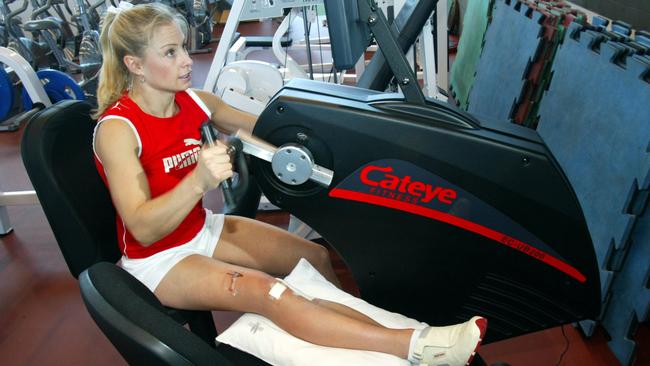
THE GOAL
I said to the medical staff from the start, ‘Don’t give me a timeline of when I should achieve something; just give me the criteria as to how to achieve each step’.
We didn’t take huge risks; but I did constantly look to move things along quicker at every turn.
It started with the stairs in my house. The living room is on the middle of three levels, and the toilets are upstairs or downstairs. So I ended up walking the stairs within a week or so, and that helped stimulate my leg muscles early.
In order to be able to run, you have to tick certain boxes — full extension (straight), full flexion (bent), minimal swelling, leg press 140 per cent of your body weight.
So when I ticked all those boxes, I was allowed to run. Which came around five weeks — half the recommended time. From here I was looking to make up ground wherever I could.
I was determined to progress every day. I wanted to work hard, recover and the next time I did something, do it better.
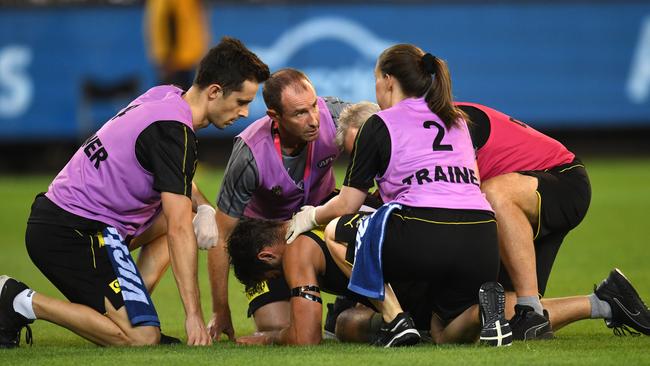
HARD WORK
At times, it was brutal. We were having multiple two and three-hour gym sessions a week and throwing on weights that were starting to get ridiculous, but crucial in the strength aspect of my rehab.
It was when there was a crossover between strong running sessions and maintaining the weights that things got really tough.
I was going home absolutely spent.
You don’t get the bruises and bumps from games, nor the mental pressure of performing on game day, but it was constant from a muscle fatigue sense.
And then there was a trip to Europe approaching, so my strength team threw in what we call ‘T-shirt Time’ in the gym, just to make sure the upper body was looking all right too. Ha ha!
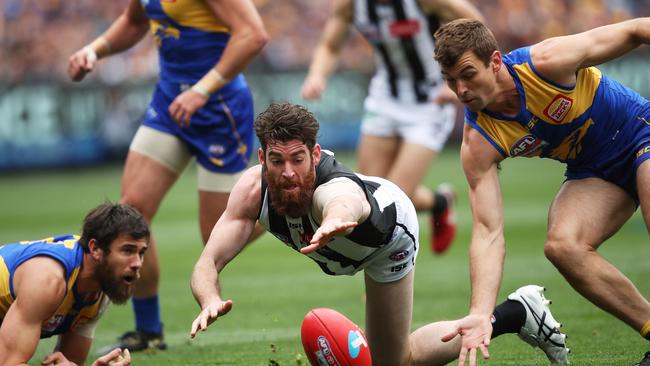
TAPERING PHASE
You get to a point where your body was so fatigued it starts taking a physical and mental toll.
That’s when you need a tapering phase.
For me, that meant a mid-year trip to Hong Kong (being a racing fan, I went to Happy Valley, an adults’ Disneyland!!!!), followed by Europe, with my wife Chelsea and daughter Harriet.
We went to Italy (Santorini, Florence, Tuscany and Sicily) and Greece (Kos).
We walked and hiked everywhere, with ‘H’ (Harriet) weighing in at about eight kilos, strapped to me in the Baby Bjorn.
My iPhone activity log recorded me doing more than 250,000 steps during my time overseas, without counting the running sessions along the way.
One moment I won’t forget came on a treadmill in our hotel gym in Sicily, overlooking the Mediterranean. I vividly started seeing myself back playing and Howey (Jeremy Howe) was next to me. I’m not sure why it was flowing into my mind so strongly … but I didn’t mind it at all!
At this stage I was technically still a forward, but some reason I was watching myself playing in defence. Strangely, that’s how it turned out months later.
If I hadn’t had that mental break and slight physical down time, I doubt I would have been able to maintain the rage in the latter part of my rehab.
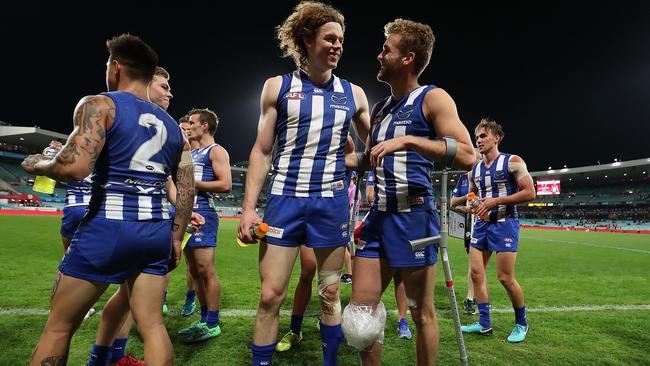
SYNERGY OF THE SUPPORT NETWORK
These are the unsung heroes.
They all do their jobs — the surgeon; doctors; physios; strength and conditioning team; head of recovery; coaching staff; teammates; even the love, Chels. But the best thing was how they worked together late in the piece as I was making a push to play.
I’m quite sure everyone believed I wouldn’t be back in time for the finals when I started the rehab, but then that mindset shifted towards the back end … in a big way.
There was one moment when it all came to a head.
I was like ‘Can I play this week?’ They said: ‘Let’s see how you go at training on Wednesday, and we’ll make a decision then’.
But it turned out the decision had already been made.
I could understand their reluctance, but I was so committed to this that I felt I had earned the right to be a part of the decision-making.
Then came the sit down in the doctors’ office for a chat with a few key decision-makers.
I reiterated that I knew the risks and was willing to take them, but stressed I needed their support.
We all agreed we were going ahead, stood up, had a group hug, and away we went!
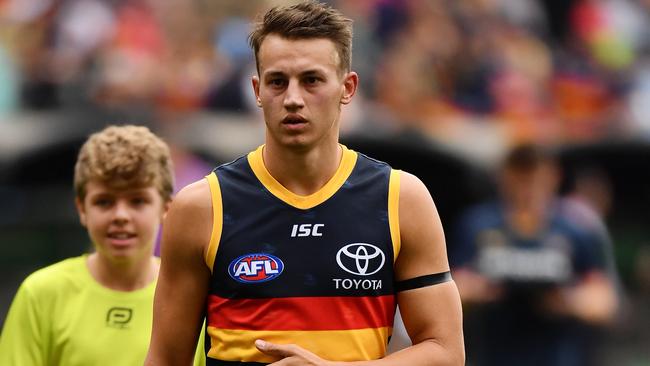
COMEBACK
We had one last hurdle with a bulging disc holding me back a few weeks.
I had an array of injections to stop my muscles spasming, and ended up seeing a specialist for a nerve blocker on one side of my back.
My spine was crooked, which was the result of lifting heavy weights. But once it eased, I was cleared to return to footy again.
I played two fairly average VFL games. My first was a bit of testing the waters, getting to contests, etc. My timing was way out, which made things a little more awkward than it already was. But my second was better, timing was back, felt more comfortable even though I only had a few touches.
By the time in the finals, I knew I was ready for whatever was coming at me.
I ran out in Perth for the qualifying final against West Coast, the journey was complete — 22 weeks, from start to finish.
In the week leading up to the preliminary final, I went around to the desks of those people at the club who helped me make it back and left a little gift.
A handwritten note and a hand-picked bottle of wine that related to my relationship with them.
For example, David Francis, one of our physios, is from Rutherglen, so I found a bottle from his favourite winery back there. Another physio, Lachie Fooks, loves snowboarding, so I was able to find him wine from the highest altitude in Australia.
It was the least I could for them, after all they had done for me.
Originally published as Collingwood defender Tyson Goldsack details what goes into recovering from an ACL knee injury

